Any amateur radio operator who is living under a homeowner’s association, covenant, or has any other deed restriction on their property has a problem: antennas are ugly, and most HOAs outright ban everything from 2-meter whips to unobtrusive J-pole antennas.
Earlier this year, the ARRL got behind a piece of legislation called the Amateur Radio Parity Act. This proposed law would amend FCC’s Part 97 rules for amateur stations and direct, ‘Community associations to… permit the installation and maintenance of effective outdoor Amateur Radio antennas.’ This bill passed the US House without objection last September.
Last week, the Amateur Radio Parity Act died in the US Senate. Sen. Bill Nelson (D-FL), the ranking member of the Senate committee on Commerce, Science, and Transportation, refused to move the bill forward in the Senate. The ARRL has been in near constant contact with Senator Nelson’s office, but time simply ran out before the end of the 114th Congress. The legislation will be reintroduced into the 115th Congress next year.



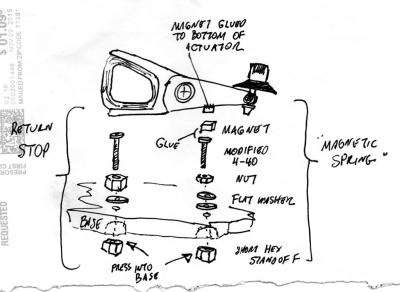

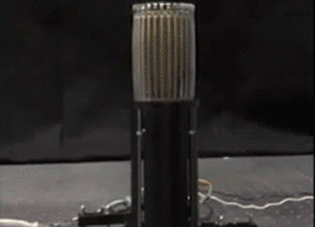


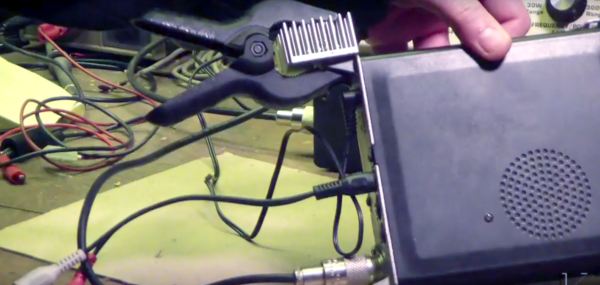
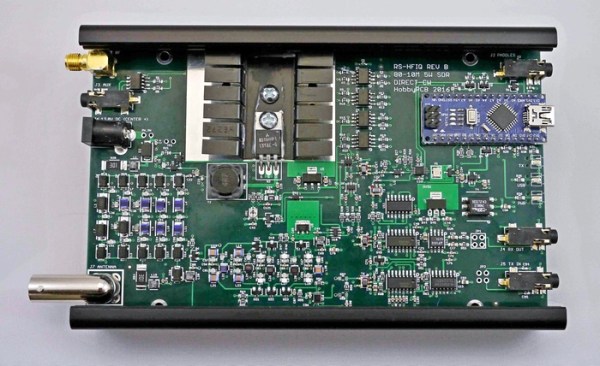
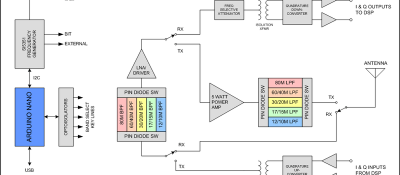 The
The 








